
AboutBronchiolitis
Acute viralinfection of the bronchioles is known as bronchiolitis. This is very commonmedical condition and it usually affects young children, up to 2 years of age in winter and spring time. During the first two years of life almostevery child had acute bronchiolitis and statistic data reveals that there aremore boys than girls among the patients.
Bronchiolitis ismore common to children attending daycare or exposed to smoking. Childrenliving in crowded conditions are also more likely to develop this condition. Severalother factors are associated with increased risk of bronchiolitis, including: prematurebirth, HIV infection and defects of the lungs and heart. Children sufferingfrom these problems may be faced with more serious forms of bronchiolitis.
In most cases,bronchiolitis passes without complications after a week or two. Coughing andtiredness may last a bit longer than that but most adults and children recover without anyserious consequences. However, many kids end up in hospitals and about 4.500 ofthem dies because of bronchiolitis every year.
Causes andSymptoms
Respiratorysyncytial virus (RVS) is the most common cause of bronchiolitis. Other viruses,such as influenza, parainfluenza and adenoviruses can also provoke the samecondition. In most cases, viruses are spread through the direct contact withinfected individual. Kissing the person infected with some of these viruses oreven just shaking hands with him or her may make you ill. Children may also getinfected sharing toys or touching contaminated tissues, since viruses cansurvive several hours on these items. It usually takes 2 to 7 days after theinitial exposure to develop first symptoms.
Symptoms of acutebronchiolitis may resemble those of a mild cold in many cases. Patients maydevelop runny nose, stuffy head and some coughing issue to the infection withbronchiolitis viruses. If there is no lung involvement, patients don’t need anytreatment.
However, youngchildren may experience worsening of the symptoms after a day or two, includingthe production of mucus and swelling of the lung tissue. These may affect thebreathing and cause wheezing sounds very quickly. It can also affect eating habits of the childbecause they can’t eat and breathe at the same time. Premature or very young babiesand children with weakened immune system or some congenital problems may sufferfrom rapid breathing, apnea (periods when they can’t breathe) and cyanosis(babies skin may turn blue). Vomiting, low fever and cough, as well as someincreased heart rate may also point to bronchiolitis.
Treatment Options
Mild symptoms ofbronchiolitis are usually treated with proper rest and increased intake offluids. Doctors may also suggest using cool air humidifiers at home if you oryour child is sick.
If the childexperiences breathing problems your doctor may decide to take him or her to thehospital and give them oxygen or some fluids intravenously, when necessary. Somekids may also need mechanical ventilation for some time.
Children at riskof developing more severe complications may be treated at hospitals. Criticalcases may require ribavirin (Virazole) (antiviral drug) treatment.
Alternativetreatments, such as the use of zinc or Echinacea may be used in young childrenonly after the consultation with your doctor.
Very high riskchildren may be protected against RSV infection with monthly injections but itworks only as prevention, not as the treatment. All attempts to develop thevaccine against bronchiolitis have proved to be unsuccessful so far.





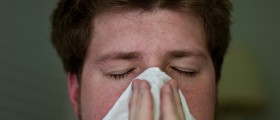
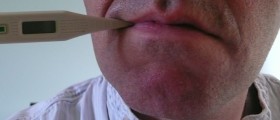

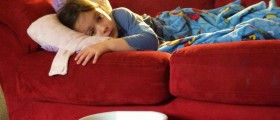

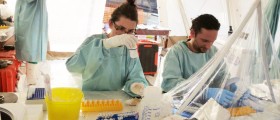



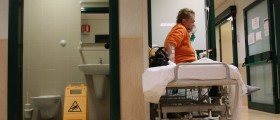

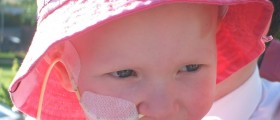
Your thoughts on this
Loading...